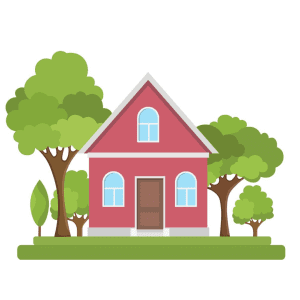
Your garden is your own little slice of nature, and how you cultivate it is entirely down to you. Sounds liberating — but there are over a hundred common tree species in the UK, and they’re not all suitable for every garden. If you’re dreaming of a jungle paradise, follow our guide to find out which trees are right for you.

You must first make sure you plant your trees legally and without dispute from your neighbours. Read our residential tree laws and neighbour disputes articles to find out more about the UK regulations for growing trees on your property.
Once you know the regulations, it’s time to decide which trees to plant.
Before you start buying and planting your trees, you should ask yourself the following questions:
All these questions will affect which trees you should plant. Keep your answers in mind as we continue the guide.
Big trees and small gardens are like ketchup and ice cream — they simply don’t work together.
Large-growing trees may appear fine when they first start growing, but before long they’ll be impinging on buildings, blocking sunlight, and the roots could interfere with nearby structures. Remember, trees take years to grow to their full size, so keep that in mind when you first start planting them.
Consider the following trees for a small garden:
Location is an important consideration when planting trees. Plant a tree too close to your home and the roots or branches may damage the building as the tree grows larger. Trees can block a lot of light to the inside of a house and can cause lots of debris on patios, especially if birds like sitting in them.
There are no set minimum recommended distances for planting different types of trees near buildings but insurance companies may have their own guidelines. Please check with your own insurance company.
Small trees can be planted in pots. This is useful for moving your trees around into different arrangements, and also for easy transportation when you move.
However, you must consider that a tree can easily outgrow a pot and the roots may get damaged in the process. If you do choose to use a pot, opt for a small tree and a large pot.
You may have dreams of an outdoor jungle — but it’s not going to happen overnight. Trees grow at different rates, so if you’re not a patient person, consider these easy trees to grow:
Not all trees are made equal. Consider a fruit or ornamental tree for that extra special touch.
If you wish to grow an abundance of fruit from your tree, consider the following:
You could also plant berry trees, but please consider that trees full of berries will attract birds.
Ornamental trees are another option to make your foliage stand out. These are trees grown for their aesthetic value, and are recognised by their bright colours and unique shapes.
Some examples of ornamental trees include:
If your trees grow too large or show signs of diseases or decay, you’ll need to restore them to a healthy condition and size. Fruit trees should be pruned every 2-5 years to generate good crops and other trees may need regular pruning to maintain their shape or keep them away from power lines. A professional tree surgeon can offer a range of tree maintenance services to keep your garden in top condition.
Services include:
Artemis Tree Services is an award-winning tree surgeon business, recently winning the ‘Employer of the Year’ and ‘Arboriculture Contractor of the Year’ at the Horticulture Week Business Awards. We care about your trees, which is why we offer a range of tree maintenance services and advice to bring your dream garden to life. For tree surgery in Rickmansworth, Watford and the wider London area, give our team a call.

